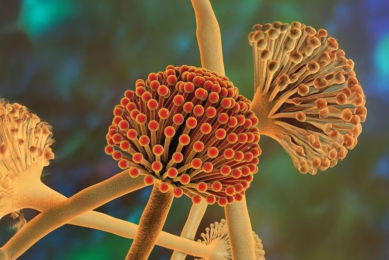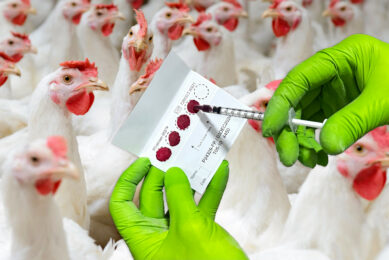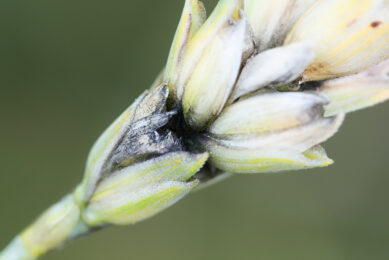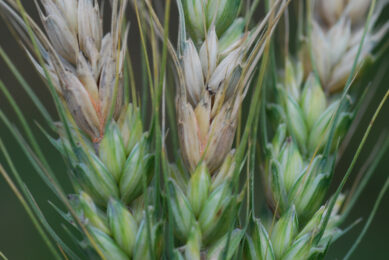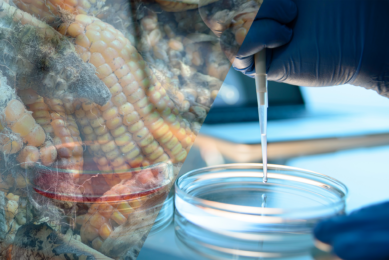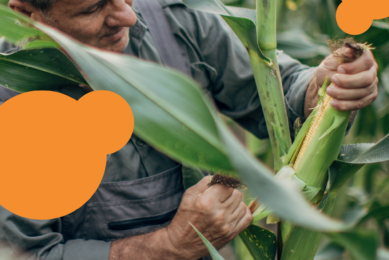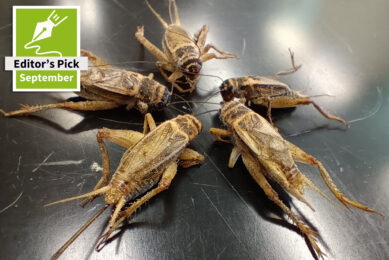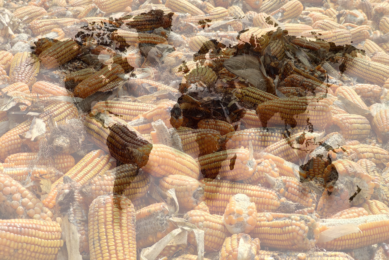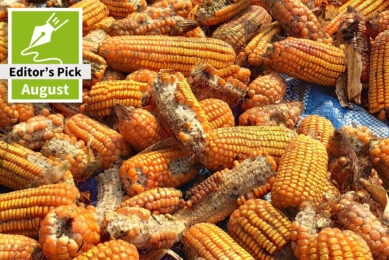What is the impact of mycotoxins per product?
An ancient crop and one of the most widely adapted grain crops in the world. Barley is the fourth most important cereal grain in the world, with uses by humans and animals for food, feed and beverages.
Mycotoxins found in barley: Aflatoxins / Citrinin / Deoxynivalenol / Ochratoxin A / Zearalenone
Maize/corn is often supplied to livestock animals as a raw material. Compared with other feed grains, corn is lower in protein and slightly higher in energy. Corn contains approximately 70% starch on a dry-matter basis. Other important fractions in the corn kernel include protein, fibre and minerals.
Mycotoxins found in maize/corn: Aflatoxins / Citrinin / Fumonisins / Ochratoxin / Trichothecenes type B / Zearalenone
Protein is an essential component of animal feed that the industry cannot do without. Soybean meal is the by-product of the extraction of soybean oil. This type of meal is used a lot and serves as a great protein source for animal diets.
Mycotoxins found in soya: Aflatoxins / Ochratoxin / Trichothecenes type B / Zearalenone
Wheat grain (Triticum spp.) is a major staple food that provides about 20% of food energy and protein worldwide. Wheat is also an excellent energy source for farm animals and often mixed into compound feed.
Mycotoxins found in wheat: Aflatoxins / Ochratoxin / Thrichothecenes type B / Zearalenone
Most animals receive compound feed (pelleted feed), which contains of a mixture of raw materials, vitamins, minerals, enzymes or other additives. On a global level, around 1.085 billion tonnes of compound feed is produced on an annual basis, worth approximately over US$400 billion.
Mycotoxins found in compound feed: Aflatoxins / Alternaria mycotoxins / Ergot alkaloids / Fumonisins / Ochratoxin / Trichothecenes type A / Trichothecenes type B / Zearalenone (ZEA)




